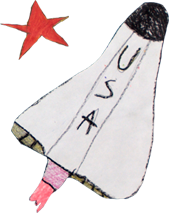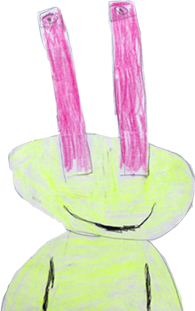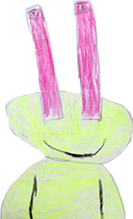Common types of pediatric brain tumors
Learning that their child has a brain tumor strikes fear into the heart of any parent. However, it is important to know that there are many different types of brain tumors, each requiring its own type of treatment. While brain and spinal cord tumors are the most common types of pediatric brain tumors in children, the gravity of the tumor depends on the type of pediatric brain tumor, its location, and its grade.
When a tumor is biopsied, doctors grade the tumor based on how the cells look when viewed through a microscope. Tumors are graded on a scale of I to IV, with I being least severe and IV being the most severe. Type I and II tumors are considered low-grade and tend to grow very slowly. Type III and IV tumors are considered high-grade. High-grade tumors are malignant, grow quickly, and can spread into healthy brain tissue surrounding the tumor. Brain tumors are also classified by location and may occur in the cerebrum, cerebellum, brainstem, or spinal cord.
The two most common types of pediatric brain tumors are brain stem gliomas and medulloblastomas. Gliomas are brain tumors that grow from the supportive tissue of the brain. The most common type of childhood glioma is an astrocytoma, a tumor that grows from a type of cell called astrocytes. Astrocytomas occur most often in the outer portion of the brain known as the cerebrum but can also be found in the cerebellum, the back part of the brain. Most childhood astrocytomas are low-grade tumors. Ependymomas are a second type of glioma that grow in the lining of the tiny passageways in the brain. Ependymomas are also typically low grade tumors but may recur after treatment. Other types of childhood gliomas may occur in the brain-stem or in the optic nerve. Rory was a victim of a brain-stem glioma, a type of tumor that is challenging to treat surgically because of its location in the vital brain-stem.
Medulloblastomas are the most common malignant form of childhood brain tumor. About fifteen percent of childhood brain tumors are medulloblastomas. These tumors are named for their location in the medulla, the portion of the brain that connects the bottom of the brain to the spinal cord. Medulloblastomas can spread along the spinal cord and to other parts of the body.
Many kinds of pediatric brain cancer can be treated with surgery, Rory’s tumor was not one of these. His tumor was growing in the brain stem; it could not be treated surgically. Although his family sought help from some of the top specialists in the country, they could not save his life.
The Rory David Deutsch Foundation exists to eradicate childhood brain cancer and impact the lives of children with brain cancer and their families. The Foundation particularly supports research on brain-stem gliomas, the difficult-to-treat type of tumor that took Rory’s life. Please contact us for more information.
Common License:
This work is licensed under a Creative Commons Attribution-NonCommercial-NoDerivs 3.0 Unported License.






















